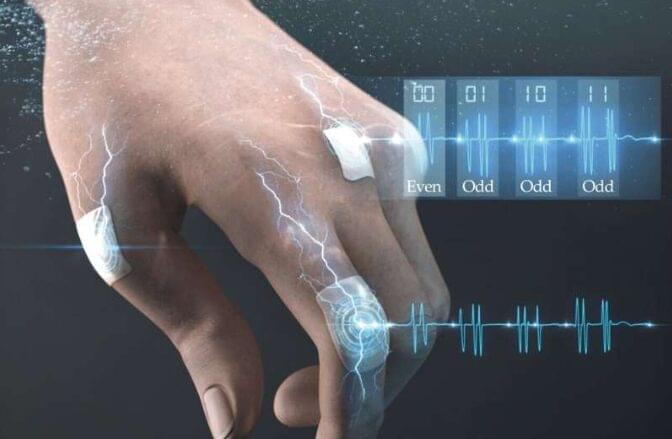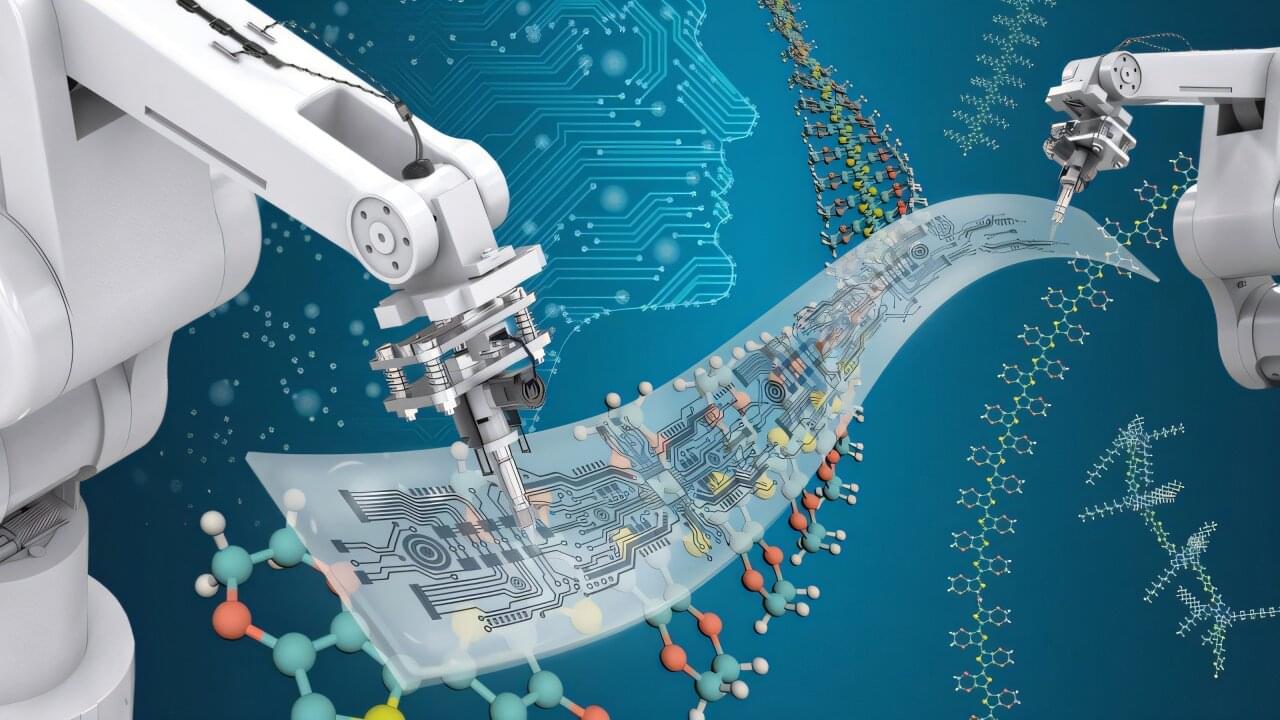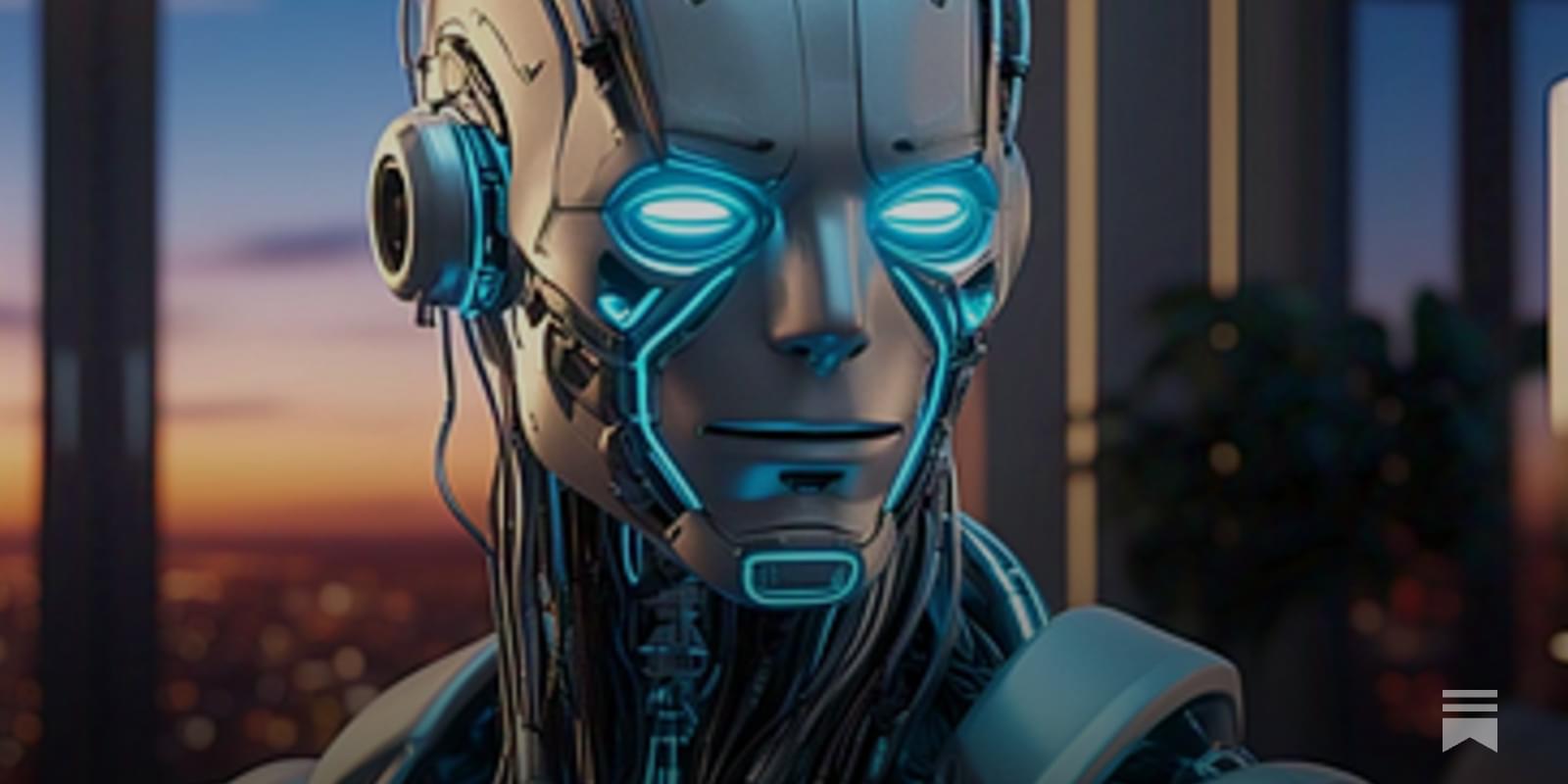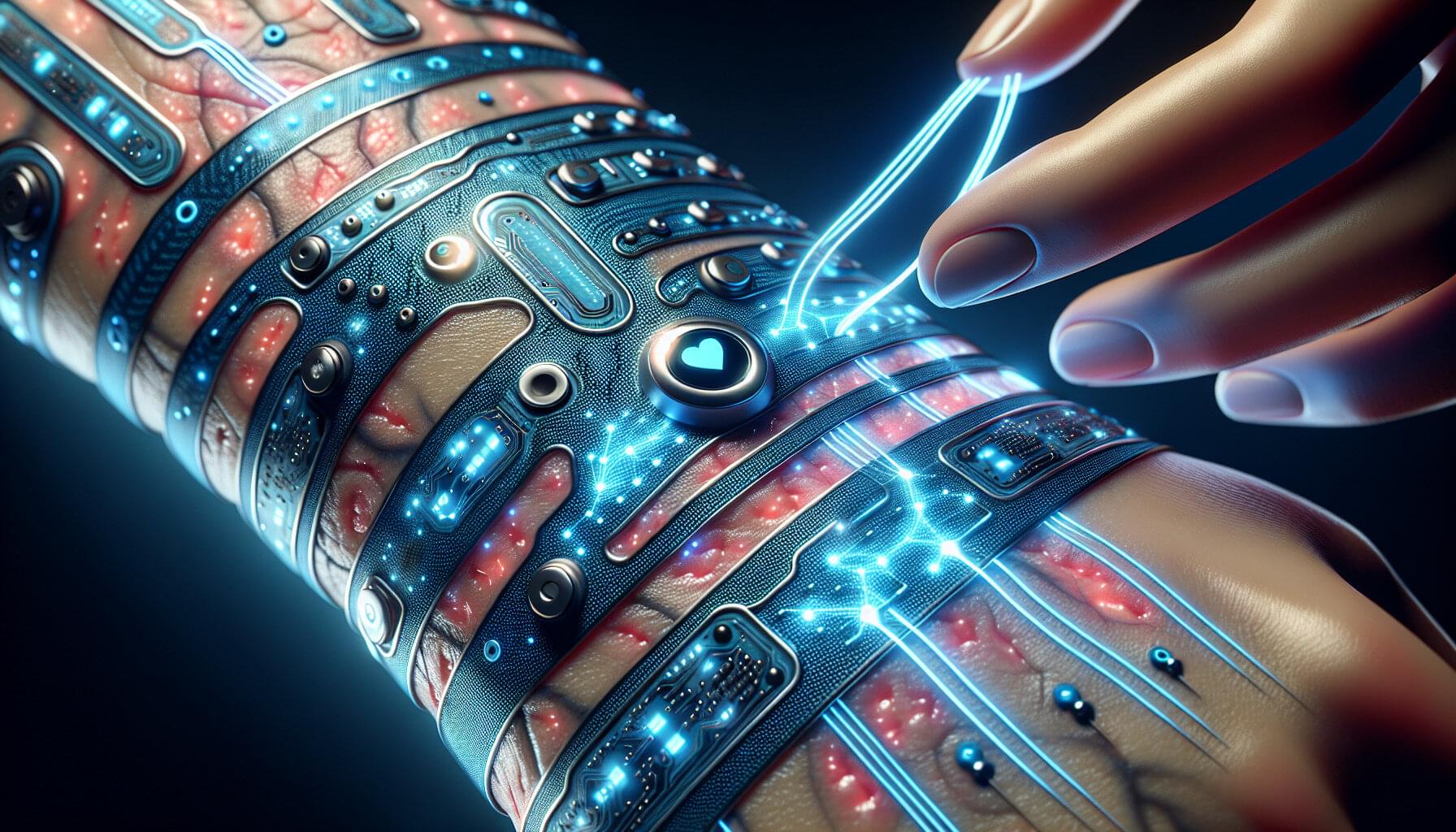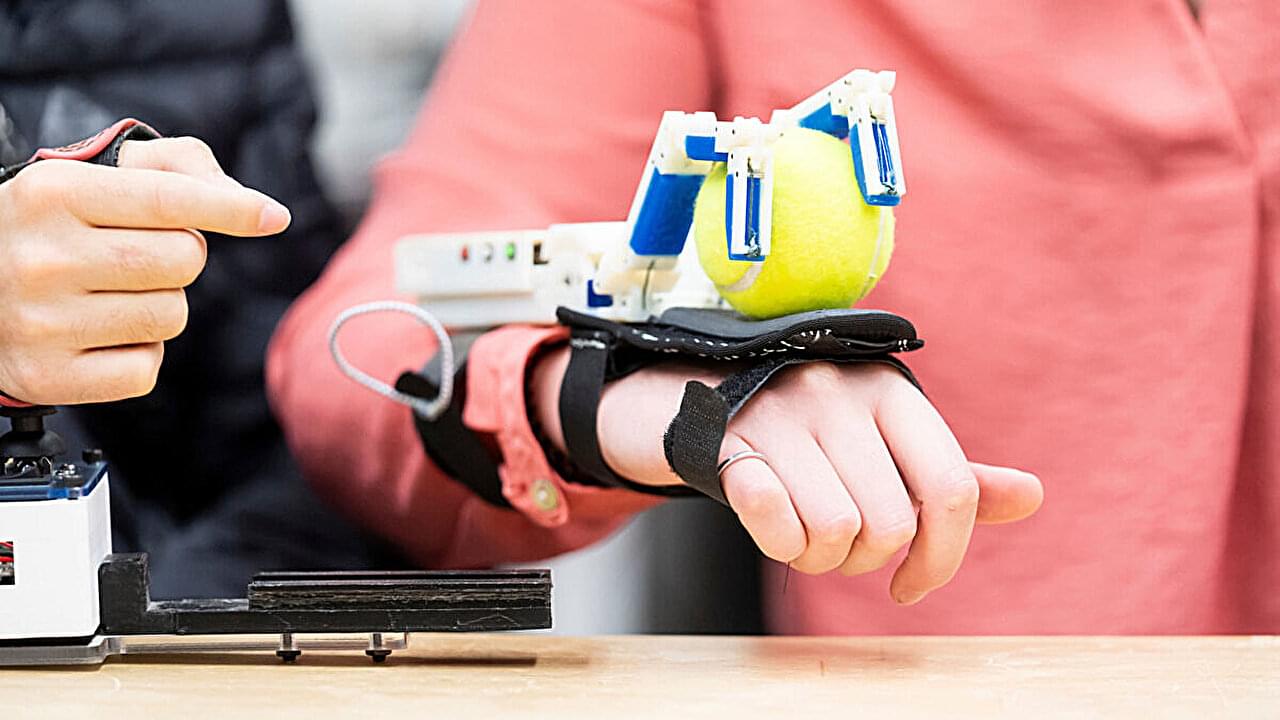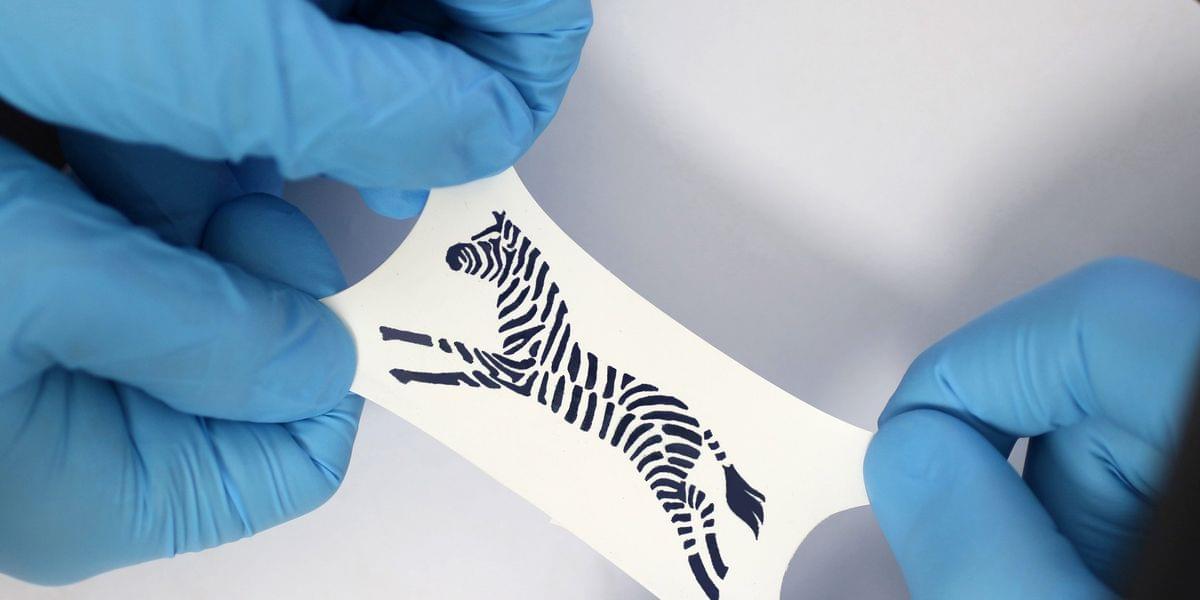This was first predicted by Omni magazine in 1981.
In the world of medicine, the ability to listen to the intricate symphony of sounds within the human body has long been a vital diagnostic tool. Physicians routinely employ stethoscopes to capture the subtle rhythms of air moving in and out of the lungs, the steady beat of the heart, and even the progress of digested food through the gastrointestinal tract.
These sounds hold valuable information about a person’s health, and any deviations from the norm can signal the presence of underlying medical issues. Now, a groundbreaking development from Northwestern University is set to transform the way we monitor these vital sounds.
Researchers at Northwestern University have introduced a revolutionary soft, miniaturized wearable device that transcends the episodic measurements typically obtained during periodic doctor examinations. These innovative devices adhere gently to the skin, enabling continuous, wireless monitoring of crucial body sounds across multiple regions of the body simultaneously. This groundbreaking research was published in the prestigious journal Nature Medicine.

